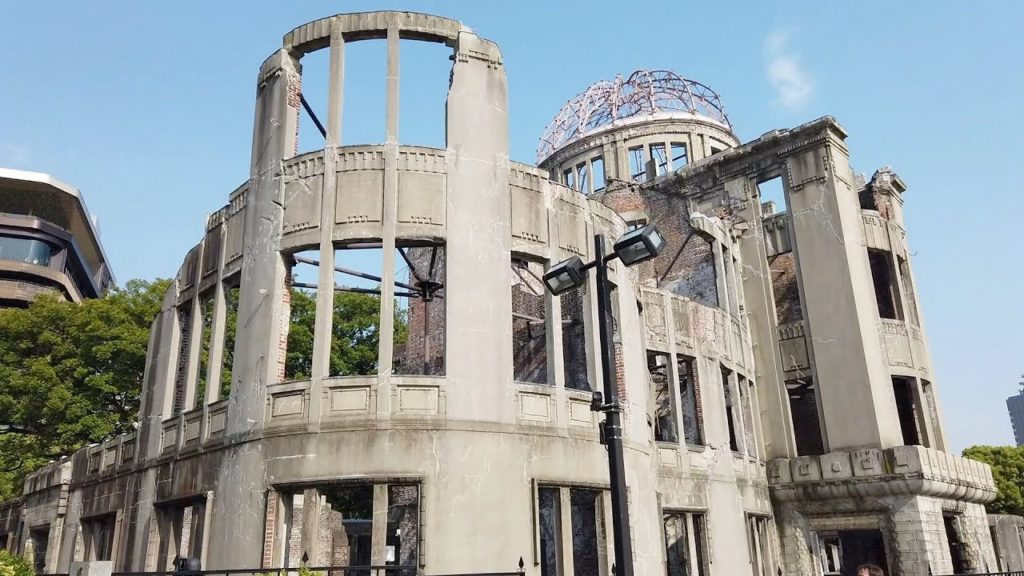Hiroshima Peace Memorial Park (広島平和記念公園 Hiroshima Heiwa Kinen Kōen) is a memorial park in the center of Hiroshima, Japan. It is dedicated to the legacy of Hiroshima as the first city in the world to suffer a nuclear attack, and to the memories of the bomb’s direct and indirect victims (of whom there may have been as many as 140,000). The Hiroshima Peace Memorial Park is visited by more than one million people each year. The park is there in memory of the victims of the nuclear attack on August 6, 1945. On August 6, 1945 the US dropped an atomic bomb on Hiroshima Japan. The Hiroshima Peace Memorial Park was planned and designed by the Japanese Architect Kenzō Tange at Tange Lab.
The location of Hiroshima Peace Memorial Park was once the city’s busiest downtown commercial and residential district. The park was built on an open field that was created by the explosion. Today there are a number of memorials and monuments, museums, and lecture halls, which draw over a million visitors annually. The annual 6 August Peace Memorial Ceremony, which is sponsored by the city of Hiroshima, is also held in the park. The purpose of the Peace Memorial Park is to not only memorialize the victims, but also to establish the memory of nuclear horrors and advocate world peace.
The Hiroshima Peace Memorial (広島平和記念碑 Hiroshima Heiwa Kinenhi), originally the Hiroshima Prefectural Industrial Promotion Hall, and now commonly called the Genbaku Dome, Atomic Bomb Dome or A-Bomb Dome (原爆ドーム Genbaku Dōmu), is part of the Hiroshima Peace Memorial Park in Hiroshima, Japan and was designated a UNESCO World Heritage Site in 1996. The ruin of the hall serves as a memorial to the people who were killed in the atomic bombing of Hiroshima on 6 August 1945. Over 70,000 people were killed instantly, and another 70,000 suffered fatal injuries from the radiation.


AloJapan.com